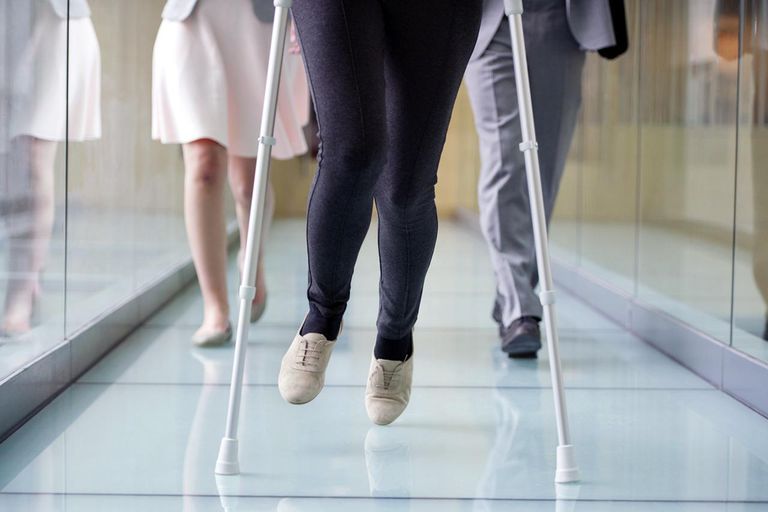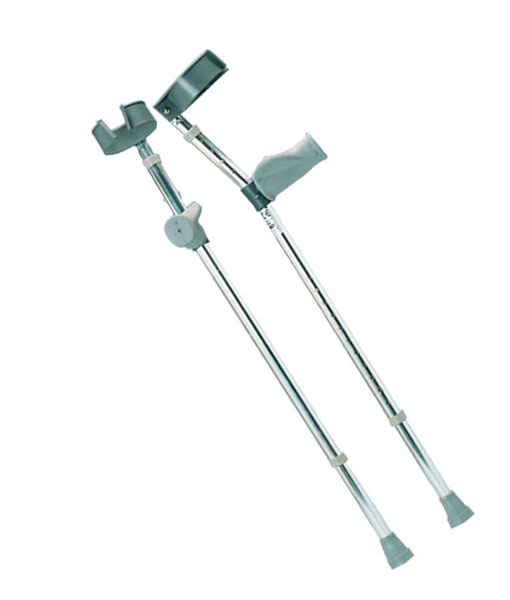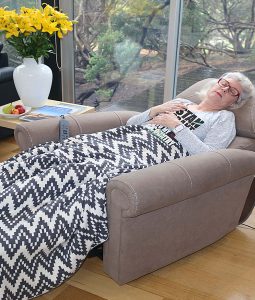A simple injury can confine a person to be indoors without getting out and about. Utilizing crutches at this juncture can bring about a big difference in a person’s life. However, it is vital to choose the correct crutches to meet your specific need and comfort level.  An array of underarm and forearm crutches to suit people weighing 100kg to 200kg according to their specific needs are available in all stores of Independent Living Specialists Australia wide. Most importantly the models available could be customized to adjust and adapt according to the user’s size.
How to select a crutch according to size
Usually, underarm crutches are used when a person has an acute, temporary injury and it is recommended only if they are able to bear weight on one leg.
Forearm crutches may pose unstable with a full load and it is usually recommended for long term use if a person is able to bear weight on both legs but still need additional support.
Crutches that doesn’t fit properly can bring about a disorder named crutch palsy where the nerves under the arm could get damaged temporarily or permanently resulting in a weakened hand, wrist and forearm muscles. This is why it is important to choose the correct crutches for safety and to minimize complications.
Adjusting the height/length to match underarm and forearm crutches measurement
Underarm Crutches
- Assist the person into a standing position with the regular walking shoes intact.
- Place the top axilla pad about 5cm under the armpit and extend the crutches to a place on the ground about 15cm out from the side of the foot.
- Adjust the handgrip to sit approximately at the height of the wrist cease which should allow the elbow to bend for around 15-30 degrees.
- Finally, check the fit of the crutches. The top of each crutch should be about two finger widths from the underarm and the wrists should be on par with the hand grips when the user’s arms hang at their side.
Forearm Crutches
In the case of forearm or elbow crutches, the handle height should be measured the same way as underarm crutches. Height decision of the forearm should be by measuring the clenched fist to 2.5cm below the elbow crease. The forearm cuff should not obstruct the elbow movement but should, however, stop the crutch from slipping off the arm.
Measurement and Set-up
- Assist the person into a standing position with the walking shoes intact.
- Brief patient to tilt their elbow to enable the crease of the wrist to be in level with the hip joint.
- Measure the forearm 3 inches below the elbow and add the distance between the wrist and floor.
- Measure the largest part of the forearm from the cuff size.
- Choose a pair of crutches according to the person’s measurements and adjust the length of the crutches up or down to match the measurements.
Products
Some of the most popular crutches available at Independent Living Specialists are forearm crutches with ergonomic grip, heavy duty forearm crutches-gutter, underarm universal size crutches, underarm crutches aluminum and underarm crutches heavy-duty









